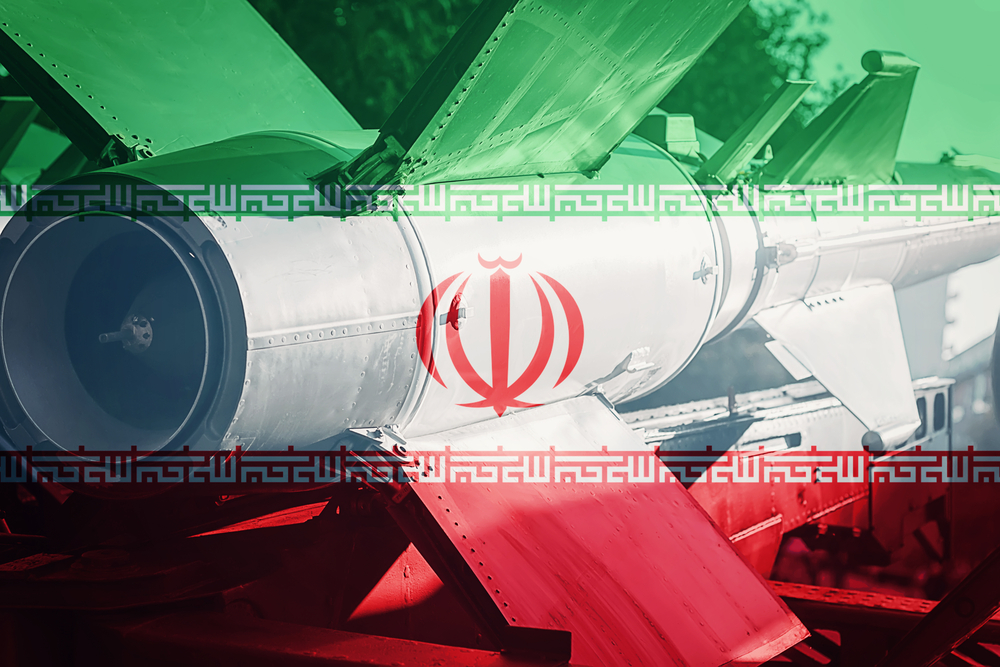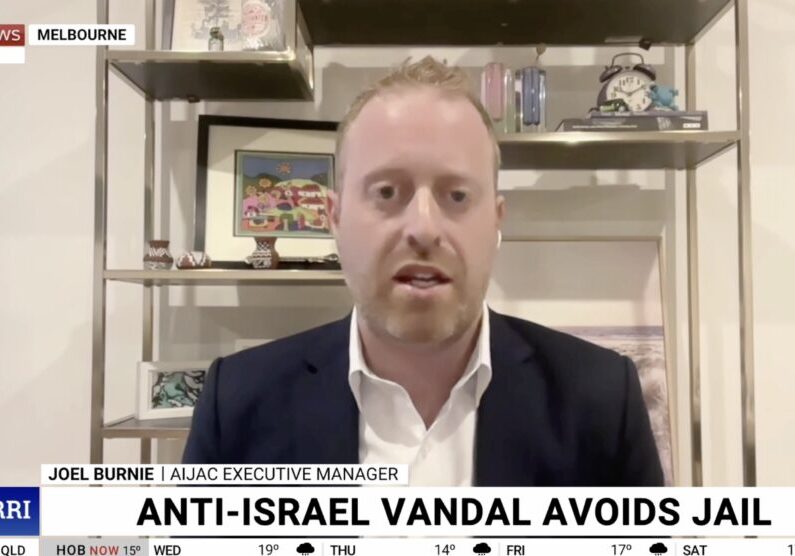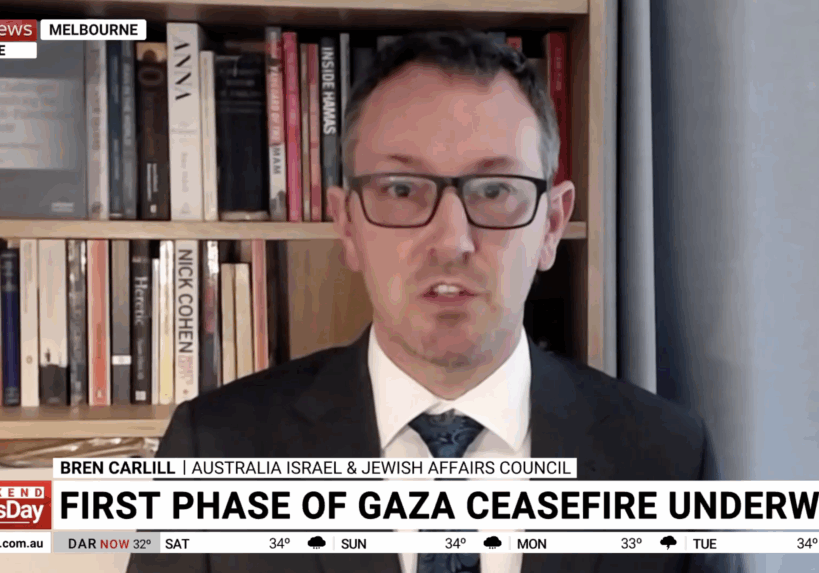FRESH AIR
Is Iran “breaking out slowly” towards a bomb?
December 2, 2021 | Ran Porat

Nuclear talks between Iran, the Europeans, China and the Russians – with the US kept out of the room but in the same building – opened on Nov. 29 in Vienna. The talks are about a return to the 2015 Joint Comprehensive Plan of Action (JCPOA) nuclear agreement – only today, five months after the previous round of talks was paused, Iran’s nuclear program has advanced much further than where it was in May.
Current estimates of the ‘breakout time’ – the period needed for Iran to produce enough military grade enriched uranium for one nuclear bomb if it decides to do so – range from three weeks, according to the US Institute for Science and International Security (ISIS), to one month (UK, German and French intelligence analysis), to four to seven weeks (European officials).
Experts from ISIS also estimate that Iran can accumulate enough fissile material for a second bomb within as little as 3.5 months, and enough for a third one within six months.
Examining various intensifying Iranian nuclear activities over the past few months, ISIS is now warning that Teheran appears to be “effectively breaking out slowly” toward nuclear weapons capabilities by:
- Amassing more uranium enriched up to 60% (High Enriched Uranium, HEU) in various chemical forms (see Table 1 in this report by ISIS for more details) which would enable it to quickly manufacture the necessary 25kg of military-grade 93% enriched uranium. As of November 2021, Iran had 113.8 kg of uranium enriched to 20%, up from 84.3 kg in September, and 17.7 kg enriched up to 60%, up from 10 kg.
- Iran may now be preparing to enrich uranium to weapons-grade 90% purity, according to information shared by Israel with the Biden Administration, a process that would only take a few weeks once Teheran decides to go ahead with it.
- Producing additional uranium metal enriched to 20% – such enriched uranium metal is a key component for an effective atomic warhead.
- Accumulating critical knowledge for shortcutting production of HEU – for example, by experimenting with feeding 20% enriched uranium into cascades of advanced centrifuges, which enrich much more quickly.
- Even while the nuclear talks have been underway in Vienna, Iran has defiantly begin enriching uranium to 20% using a cascade of 166 advanced IR-6 centrifuges at the underground nuclear facility in Fordow. Both the use of the advanced centrifuges and doing so at Fordow represent additional violations of the JCPOA’s original terms.
Meanwhile, the world is increasingly flying blind about what Iran is doing, with International Atomic Energy Agency (IAEA) monitoring of Iran becoming severely limited, thanks to a deliberate policy by Teheran:
- The limits on International Atomic Energy Agency (IAEA) inspections in Iran have almost reached a point when they can be deemed as ineffective with regards to effectively detecting forbidden activities and equipment to produce nuclear weapons. The head of the IAEA, Rafael Grossi, cautioned that Teheran’s behaviour creates “a significant challenge to the Agency’s ability to restore this continuity of knowledge” about what is happening in Iran’s nuclear program.
- Teheran is achieving this goal of creating IAEA blindspots by harassing inspectors, holding on to IAEA camera footage, blocking access to key sites (specifically the centrifuge factory in Karaj) and refusing to allow the IAEA to fix or replace faulty monitoring equipment.
- Iran also continues to refuse to cooperate with the agency’s investigation into outstanding questions about man-made nuclear particles detected in several locations in Iran.
- After what he described as an “astonishing” five months of no contact from the new Iranian Government elected in June, Rafael Grossi made a rushed trip to Iran on Nov. 24 to attempt to negotiate a reinstatement of at least some of the agency’s monitoring capabilities in the country (focusing especially on the reinstatement of cameras at the Karaj site). But this effort failed and Grossi warned that the IAEA is “close to the point when I will not be able to guarantee continuity of knowledge” about what is happening in Iran’s nuclear program. He added, “It is obvious that such a long period of time without us getting access, knowing whether there are operational activities ongoing, is something that in itself would at some point prevent me from continuing to say ‘I have an idea of what is going on’.”
Experts say that after gathering enough fissile material for one nuclear warhead, it may take Iran some one to five years to complete the development and testing of the other pieces of the puzzle – making a working atomic warhead and successfully mounting it on a delivery platform such as a ballistic missile.
However, it is important to note that as late as 2003 Iran clandestinely ran project AMAD to quickly develop, test and manufacture atomic weapons. The knowledge accumulated in that project, uncovered in the nuclear archive seized by Israel in 2018, cannot be erased and could potentially shorten the time needed to complete the final stages of producing a working atomic warhead mountable on a missile.
At the same time, Iran may not be aiming to acquire a nuclear weapon as such, at least for now. It is possible that at this stage Teheran is aspiring to reach the status of nuclear threshold state, in which it could quickly mobilise its existing nuclear program into producing nuclear bombs on demand, without formally crossing the line of actually manufacturing a bomb. Such a de facto nuclear status might be enough to grant the regime in Teheran a sense of power and sustainability, as well as dangerously emboldening Iran’s ongoing efforts to aggressively destabilise the Middle East, especially through the various proxies Iran arms, funds, trains and often commands.
The bottom line is that the talks in Vienna may actually be enabling rather than preventing a nuclear-capable Iran – by effectively allowing the Iranian regime to waste time in protracted negotiations and run out the clock while it completes its slow nuclear break out.
Ran Porat is a research associate at the Australia/Israel and Jewish Affairs Council and the Australian Centre for Jewish Civilisation at Monash University, a research fellow at the International Institute for Counter-Terrorism at the Interdisciplinary Centre in Herzliya, Israel.
RELATED ARTICLES

Sentencing for antisemitic vandalism “manifestly inadequate”: Joel Burnie on Sky News

“Bittersweet” aftermath of hostage release deal: Joel Burnie on Sky News





















